Khalkhin Gol, the Crucial Pre-WW2 Battle
- By Steve Hands
- 30 May, 2014
- 1 Comment
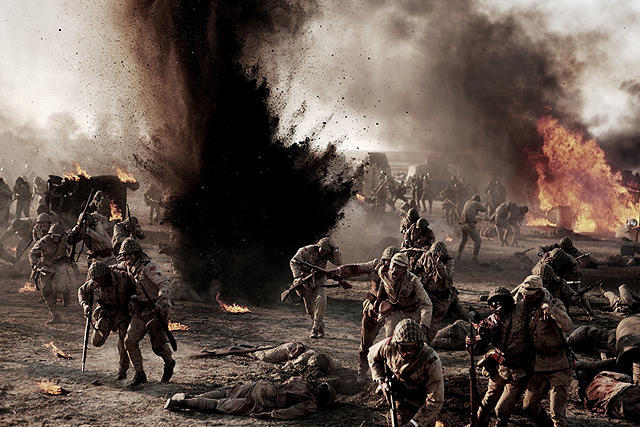 The 1939 Battle of Khalkhin Gol, on the border between the USSR and Manchukuo, is little known in the West, but may have been one of the crucial engagements determining the future course of World War II. Once nationalistic concerns are put aside, most historical experts would be forced to conclude that the Eastern Front was the major theater of war during World War II, and that the other theaters, even the Pacific War and France, were sideshows, to a greater or lesser extent. So any conflict that affected the outcome on that front is of vital importance.
The 1939 Battle of Khalkhin Gol, on the border between the USSR and Manchukuo, is little known in the West, but may have been one of the crucial engagements determining the future course of World War II. Once nationalistic concerns are put aside, most historical experts would be forced to conclude that the Eastern Front was the major theater of war during World War II, and that the other theaters, even the Pacific War and France, were sideshows, to a greater or lesser extent. So any conflict that affected the outcome on that front is of vital importance.
In terms of proxy wars that presaged the conduct of operation in WWII, the Spanish Civil War is stereotyped as the crucial conflict. Spain saw the two main protagonists of WWII, Germany and the USSR, commit significant numbers of men, test out their latest tank and aircraft designs, and saw some of the first efforts at Blitzkrieg (Guadalajara), strategic bombing of civilians (Guernica), and other facets of what were to become the signature features of WWII.
Another war that was crucial to the future conduct of Barbarossa was the 1940 Russo-Finnish Winter War. The dismal Russian performance must have thoroughly convinced Adolf Hitler that it was only necessary to “kick in the door, and the whole rotten structure will come crashing down.” Hitler was almost right, with the German panzers reaching the Moscow suburbs before being stopped by winter, troops from Russia’s Eastern and Siberian commands, and massive reinforcements. With matters hanging by a thread, historians have wondered what might have happened had the Japanese opened a second front against the Russians.
A further historical stereotype is typically advanced to account for Soviet confidence in Japanese inaction. Josef Stalin had a master spy in Germany’s Tokyo embassy, Richard Sorge, who was able to assure him that the maneuverings of the Kwantung Army in Manchuria were just empty posturing, and he could safely pull out 30 divisions of crack Siberian troops and throw them into the defense of Moscow. Given Stalin’s distrust of his own espionage reports—he refused to believe a plethora of reports that the German invasion was imminent in June 1941—and the general level of deceit and double-dealing going on between countries at the time, surely the Soviet leader would have wanted rather more concrete assurances that the Japanese would stay on the sidelines.
Perhaps the most important argument for Stalin’s action is Khalkhin Gol. The reason Stalin figured Japan would not attack was the appalling mauling they had received at the hands of Georgy Zhukov’s tank force just two years’ before. This essay is about the ramifications of Khalkhin Gol, not the battle itself, but a quick summary is in order as it so little known. The battle began as a small border skirmish between border troops from Mongolia and Manchukuo, but quickly escalated until about 70,000 troops were involved on each side. The Japanese launched a series of attacks, but were caught by surprise by the size and organization of a later Soviet counterattack. A frontal assault by Russian infantry and artillery pinned the Japanese while Russian tank and motorized divisions surrounded them from the north and south in a classic pincer movement. The surrounded Japanese refused to surrender and were crushed.
The massive Japanese defeat was clearly caused by the Russian armor and use of coordinated tank, artillery, air and infantry attacks to encircle the enemy. Yet barely two months later in Poland the Germans would become famous as the exponents of the new art of Blitzkrieg. The main lesson the Japanese learned from the engagement? No matter how heroic, infantry was no match for armor.
Now assume that the Japanese had correctly seen the Molotov-Ribbentrop Pact to carve up Poland was a sham and that Barbarossa was in the offing. It can even be assumed that they saw the strategic importance of defeating the Russians before taking on the UK and US in the Pacific. But at this stage in the proceedings it was too late to change course. The Russians were producing their standard light tank, the T-26, at an average of about 1,000 per year through the 1930s and had a total tank force of more than 20,000 by the time Germany invaded in 1941. The Japanese tank program, by contrast, was starved of funds and years behind.
In any case, the Japanese had been looking since the 1920s to a conquest of China and of the Pacific, with the USSR and US as the main perceived threats. Tanks were of little use in the mountain or island terrain of either theater. Instead, the focus had been on building up the navy, air force, artillery and infantry. Perhaps before Khalkhin Gol the Japanese army might have considered they could defeat the modern Russian army. It was only 30 years since they surprised the West with their victories in the 1905 Russo-Japanese War. Certainly the aggressive maneuvering of the Kwantung Army suggested they thought they could take the Russians on. But the Japanese Imperial high command could see sense, and Khalkhin Gol convinced them they could not change horses in mid-stream.
There is no doubt a Japanese invasion of Siberia would have been extremely costly to Japan in human terms, but could it have tipped the balance? Playing a simulation of the Barbarossa campaign, such as GDW’s “Fire in the East” from its Europa series, and not allowing the 30-odd Siberian divisions to appear can certainly tip the balance in the German’s favor and allow him to take both Moscow and Leningrad in late 1940, which would have brought the Russians close to capitulation. So perhaps the battle of Khalkhin Gol was the most crucial engagement in the run-up to WW2, after all.

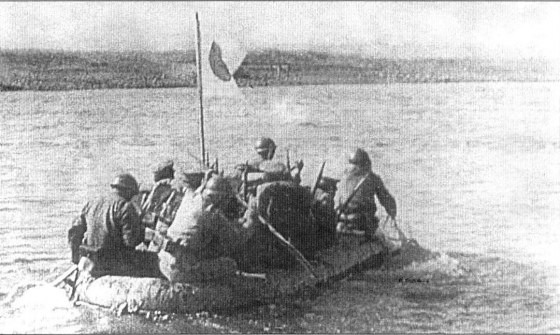
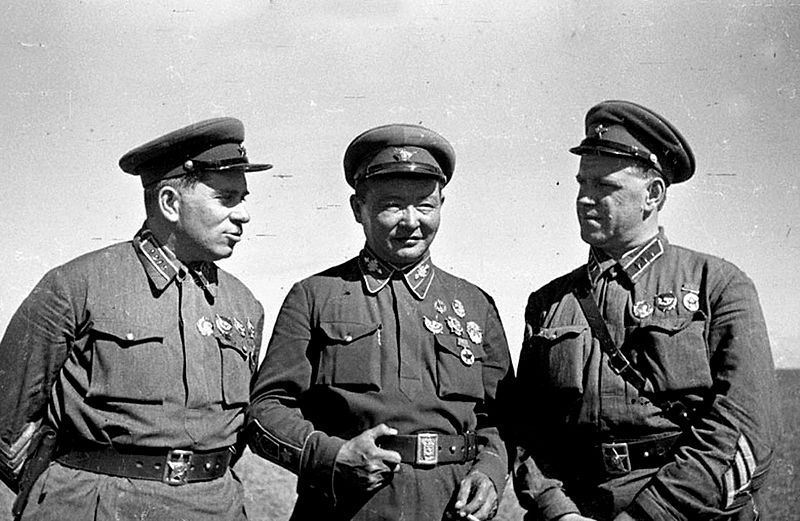
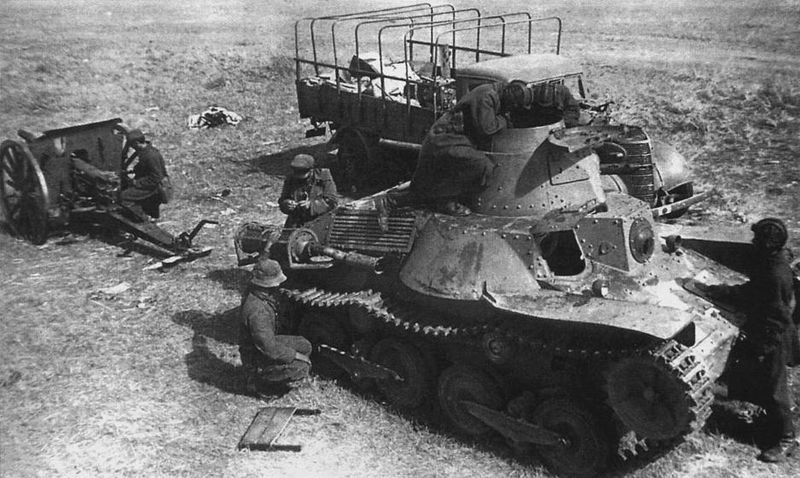
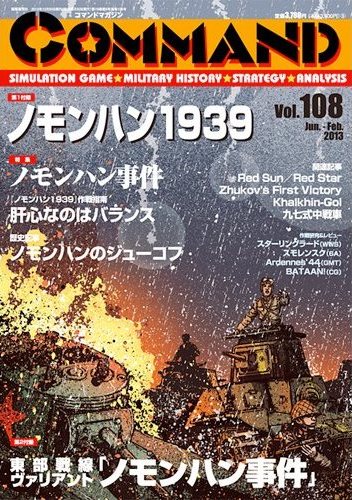


 Copyright © 2025
Copyright © 2025
You do not mention the role the BT7 tank had. This tank was the predecesor of the famous T-34, and shared many of its features.